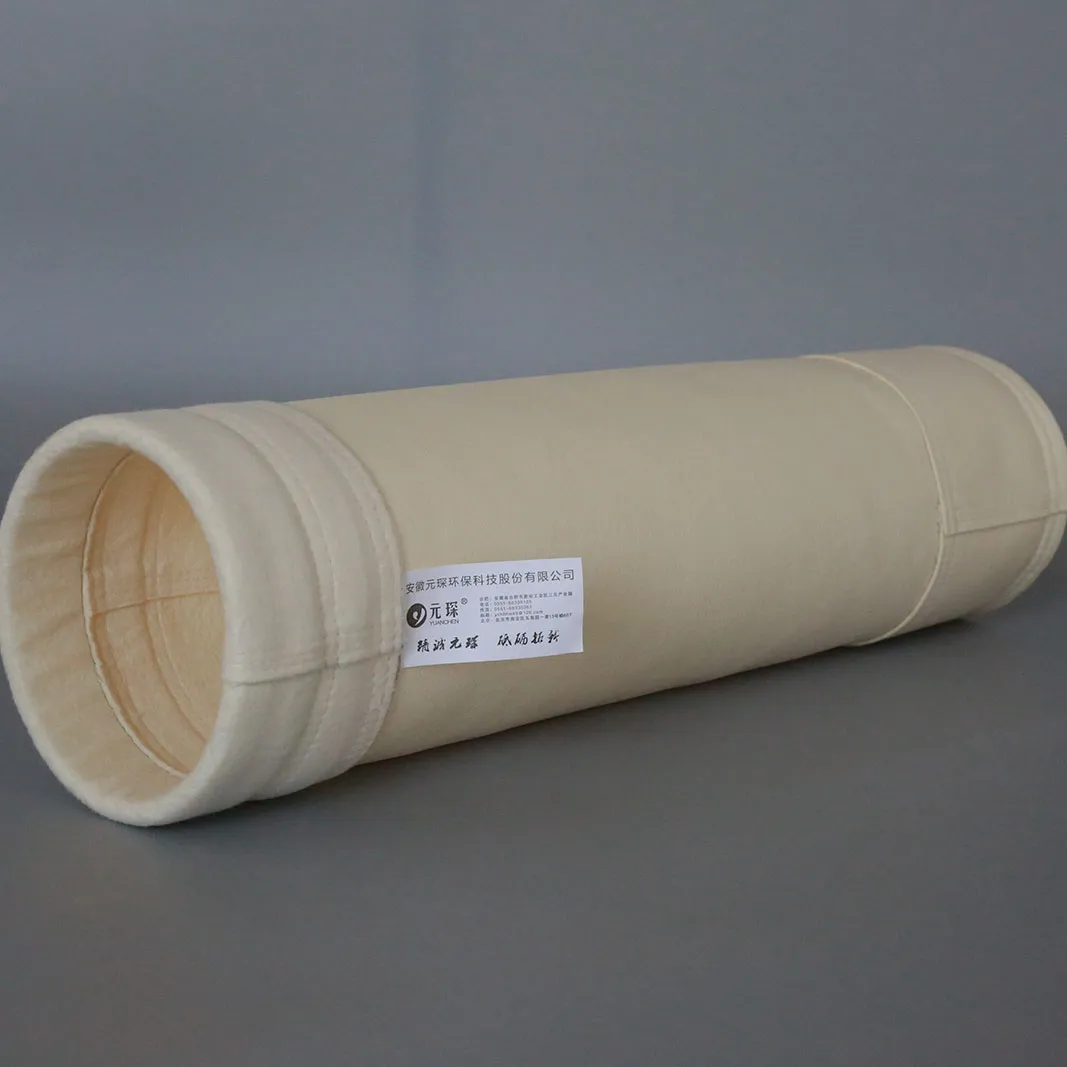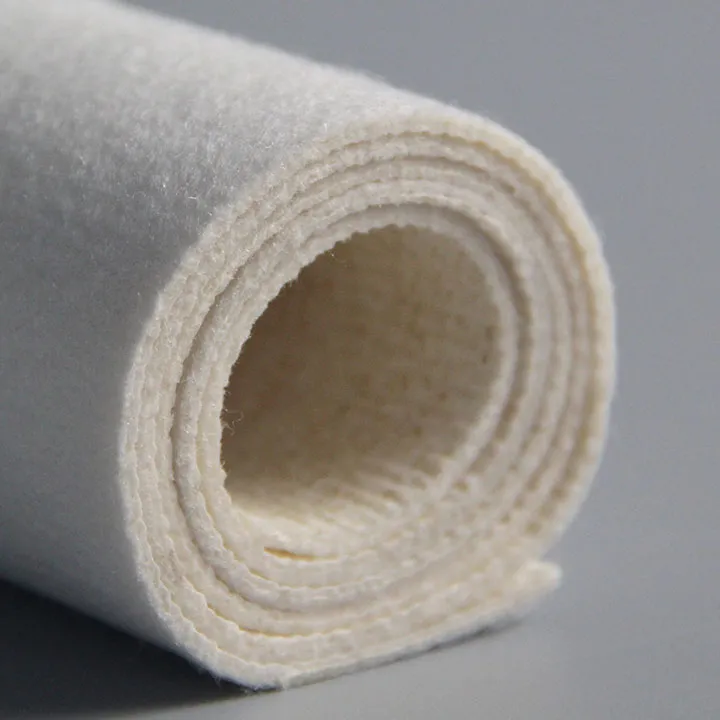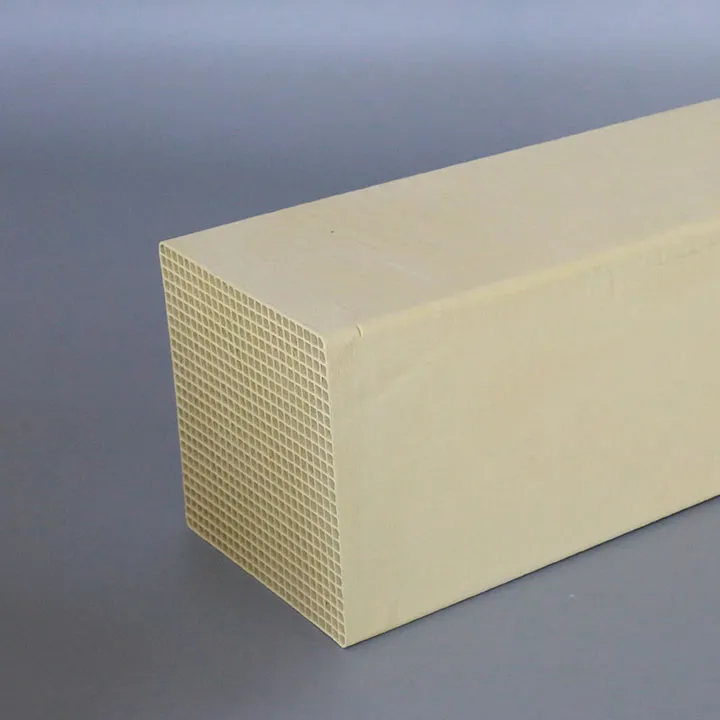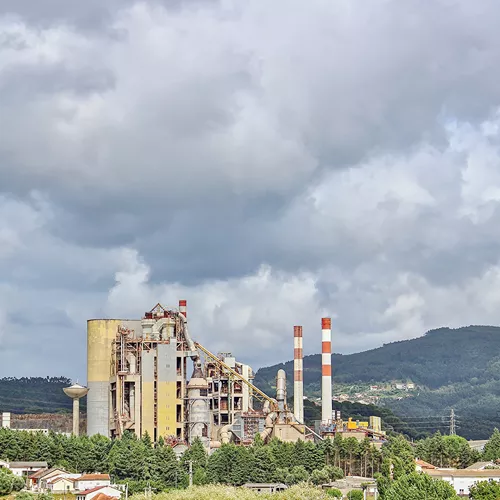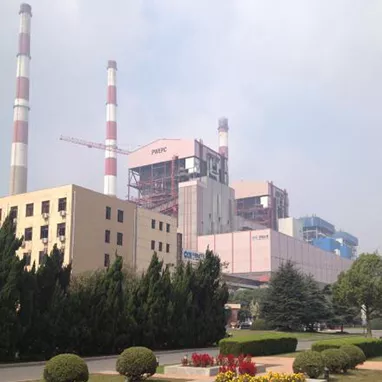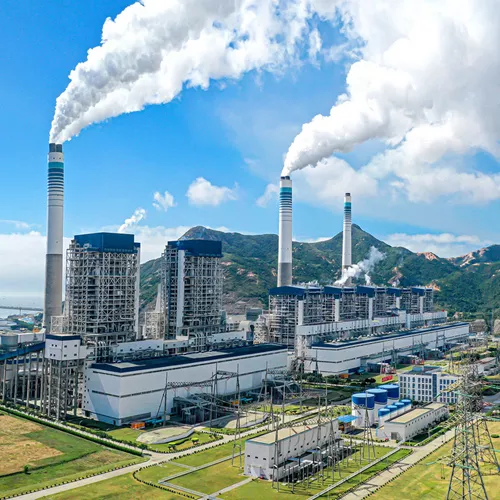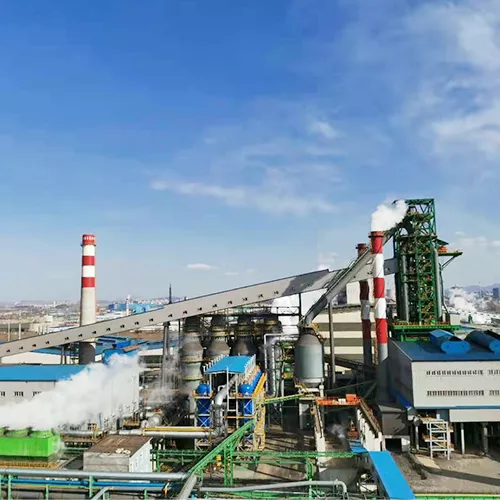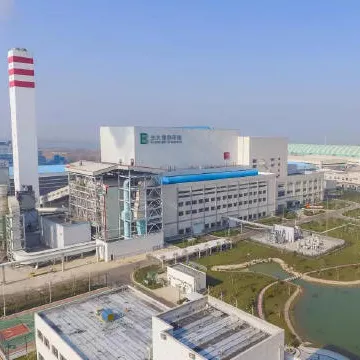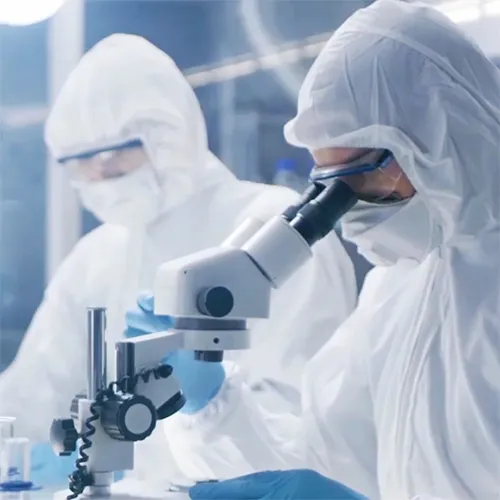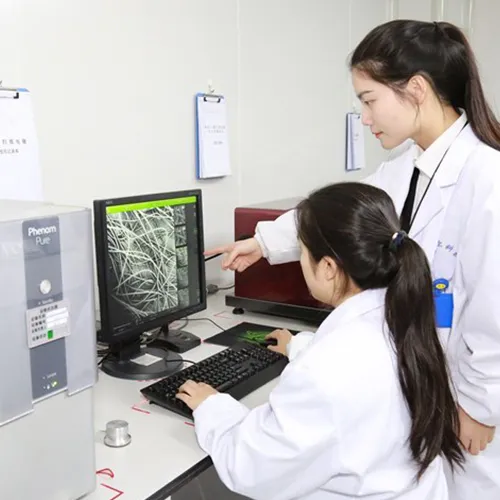Révéler les secrets de l'industrie des fours verticaux : la sélection et l'application de catalyseurs de dénitrification efficaces
As an indispensable equipment in many industrial production, the problem of nitrogen oxide emissions generated by the vertical kiln during operation cannot be ignored. In order to effectively reduce the nitrogen oxide emissions of the vertical kiln industry, the application of denitrification catalysts is particularly important. This article will explore in depth the specific requirements of the vertical kiln industry for denitrification catalysts and their selection basis.
As an important industrial equipment, the vertical kiln has a wide range of applications. It not only occupies an important position in traditional industries, but also shows great potential in emerging industries. With the continuous advancement of technology and the improvement of environmental protection requirements, the design and application of vertical kilns will pay more attention to efficiency and environmental friendliness to meet the needs of future industrial development.
Vertical kilns are widely used in many industrial fields. The following is an introduction to their specific applications:
Metallurgical industry: Vertical kilns play an important role in the metallurgical industry, especially in the process of producing lime. As a “slag-making agent” in the steelmaking process, the quality of lime directly affects the quality and production efficiency of steel.
Building materials industry: Vertical kilns are traditional lime calcining equipment, suitable for various types of limestone, and can meet the production needs of different scales. In the building materials industry, vertical kilns are used to produce lime, which is one of the indispensable raw materials for materials such as cement and glass.
Chemical industry: In the chemical industry, vertical kilns are used to produce lime, which is an important raw material for many chemical products, such as calcium hydroxide and calcium carbonate.

1. Reaction temperature adaptability
During the production process of the vertical kiln, the outlet exhaust temperature is usually maintained between 80-100°C, which is lower than the reaction temperature window of most denitrification catalysts. Therefore, in order to meet the denitrification requirements, the flue gas must be heated and heated to reach the optimal reaction temperature range of the catalyst. This requires the denitrification catalyst to have a wide temperature adaptability and to maintain stable activity and denitrification efficiency at different temperatures. At the same time, the thermal stability of the catalyst is also a key factor to ensure that it is not easy to deactivate or degrade in performance under high temperature conditions.
2. Anti-ash blocking ability
The dust concentration in the vertical kiln flue gas is high, the particle size is small and the viscosity is large. These characteristics make it easy for the catalyst surface to form an ash layer, which in turn affects the pore structure and specific surface area of the catalyst, resulting in a decrease in catalytic efficiency or even catalyst blockage. Therefore, the vertical kiln industry has put forward higher requirements for the anti-blocking ability of denitrification catalysts. To solve this problem, catalyst manufacturers usually adopt a large pitch design to reduce the possibility of dust accumulation, and equip an efficient cleaning system to regularly remove the accumulated dust on the catalyst surface. In addition, by optimizing the pore structure distribution and surface properties of the catalyst, its anti-blocking performance can also be improved.
3. Alkali metal poisoning resistance
The vertical kiln flue gas may contain alkaline components, such as alkali metal elements such as potassium and sodium. These alkaline substances are prone to chemical reactions with the active components in the catalyst, resulting in catalyst poisoning and deactivation. Therefore, the vertical kiln industry has strict requirements for the anti-alkali metal poisoning ability of denitrification catalysts. In order to improve the anti-poisoning ability of the catalyst, researchers usually use special preparation processes and modification technologies to enhance the stability and durability of the catalyst. For example, by introducing elements or compounds with anti-poisoning properties to modify the catalyst, the effect of alkali metals on the activity of the catalyst can be effectively reduced.
4. Efficient denitrification performance
On the basis of meeting the above basic requirements, the vertical kiln industry also expects the denitrification catalyst to have efficient denitrification performance. This includes lower activation temperature, higher specific surface area and suitable pore structure. Lower activation temperature means that the catalyst can start to play a denitrification role at a lower temperature, thereby improving the overall denitrification efficiency; higher specific surface area helps to provide more active sites to promote the reaction between nitrogen oxides and reducing agents; suitable pore structure is conducive to the diffusion of reactant molecules and the escape of product molecules, further improving the catalytic efficiency.
V. Economic considerations
In addition to technical requirements, the vertical kiln industry also needs to fully consider its economic efficiency when selecting denitrification catalysts. This includes factors such as the cost-benefit analysis, service life and maintenance cost of the catalyst. The ideal denitrification catalyst should have low investment and operating costs while ensuring efficient denitrification. To achieve this goal, catalyst manufacturers need to continuously optimize production processes, improve product quality and reduce production costs. At the same time, providing comprehensive after-sales service and technical support to help users better use and maintain catalysts is also an important means to enhance product competitiveness.
The requirements of the vertical kiln industry for denitrification catalysts involve many aspects, including reaction temperature adaptability, anti-ash blocking ability, anti-alkali metal poisoning ability, efficient denitrification performance and economic efficiency. When choosing a denitration catalyst, companies should make comprehensive considerations and assessments based on their actual conditions and needs. At the same time, strengthening cooperation and communication with catalyst manufacturers is also one of the effective ways to improve denitration effects and economic efficiency. In the future, with the continuous improvement of environmental protection requirements and the continuous advancement of technology, it is believed that the denitration catalysts in the vertical kiln industry will usher in a broader development prospect and application space.


